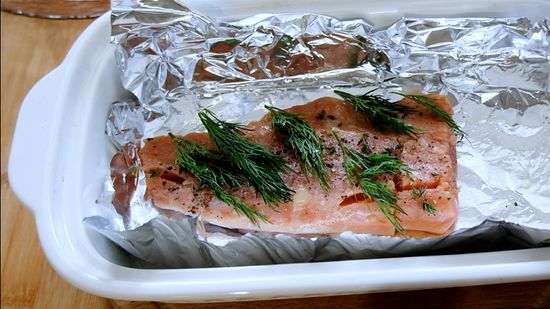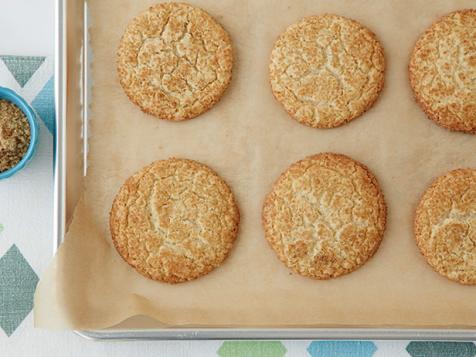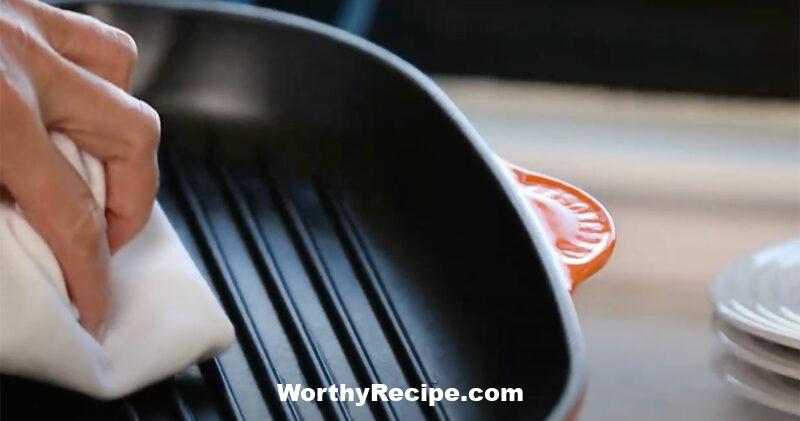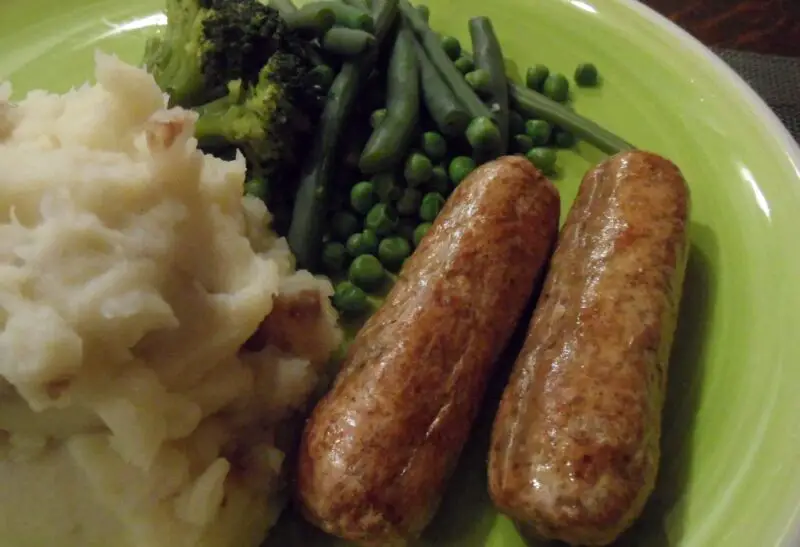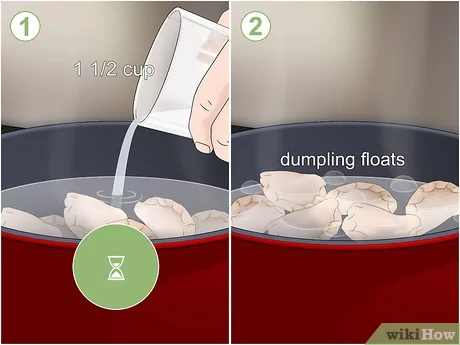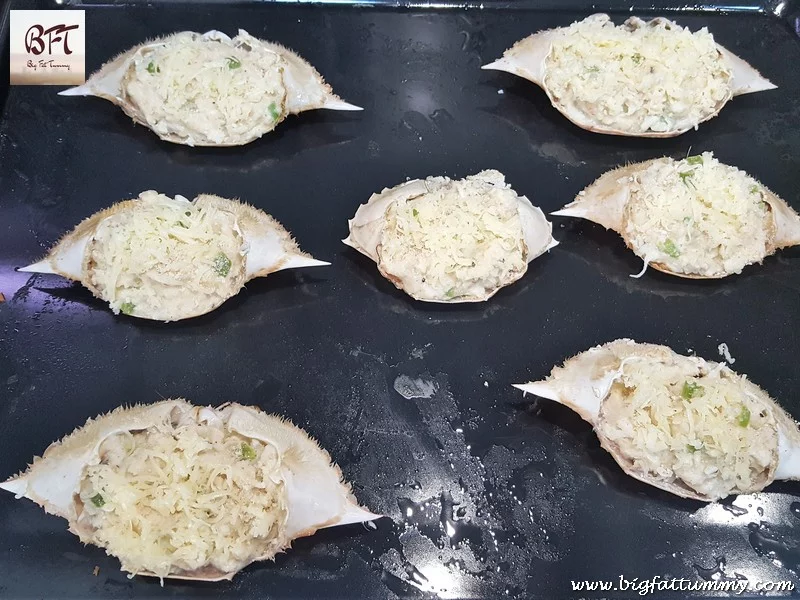How Long Does It Take to Cook Chicken Thighs to 350?
Cooking chicken is all about precision and patience. You want it to be juicy, tender, and cooked through, but you also want the skin to be crispy and golden. In particular, chicken thighs are a delicious cut that can be prepared in various ways, and one of the most popular methods is oven cooking at 350 degrees Fahrenheit.
Factors Affecting Cooking Time
Before we dive into how long it takes to cook chicken thighs at 350 degrees, it’s important to understand the factors that could affect cooking time:
- The size and thickness of chicken thighs: Bigger and thicker pieces of meat will take longer than smaller or thinner ones.
- The starting temperature of the chicken: If you’re taking the chicken out of the fridge, it will take longer to cook than if it’s at room temperature.
- Pre-cooking preparation: If you marinate or season the chicken beforehand, it could affect the cooking time slightly.
Preheat Your Oven
Regardless of what method you use to cook chicken thighs, you should always preheat your oven. Preheating helps ensure that the meat cooks evenly and that there are no cold spots inside. For chicken thighs cooked at 350 degrees Fahrenheit, you should preheat your oven to this temperature before putting them in.
Prepare the Chicken Thighs
There are several ways to prepare chicken thighs before cooking them:
- Trim excess fat: Excessive fat can make your meat oily and unappetizing. Trim any visible fat from your chicken thighs before cooking.
- Seasoning: Use your preferred seasoning to flavor the chicken thighs. It can be as simple as salt, pepper, and garlic powder, or you could use a complex blend of spices.
- Marinating: Marinating the chicken in a mixture of oil, vinegar, and spices can tenderize the meat and add flavor. If you’re going to marinate, do it for at least an hour before cooking.
No matter which method you choose, make sure to pat the chicken dry with paper towels before cooking. Excess moisture on the surface of the meat can prevent it from browning properly.
Cooking Time at 350 Degrees Fahrenheit
The cooking time for chicken thighs in the oven depends on several factors as mentioned above, such as boneless or bone-in. Here are some general guidelines:
Boneless Chicken Thighs
Boneless chicken thighs cook faster than bone-in ones because they don’t have bones that conduct heat slowly. At 350 degrees Fahrenheit, boneless chicken thighs should take approximately 20-25 minutes to cook through completely.
Bone-In Chicken Thighs
Bone-in chicken thighs take longer to cook than boneless because bones absorb heat and slow down the cooking process. At 350 degrees Fahrenheit, bone-in chicken thighs need approximately 35-40 minutes to cook through completely. However, larger or thicker pieces may require more time.
Stuffed or Wrapped Chicken Thighs
If you’re making stuffed or wrapped chicken thighs (e.g., stuffed with cheese or prosciutto), they’ll require additional cooking time because of the extra filling/surface area. At 350 degrees Fahrenheit, stuffed or wrapped chicken thighs need approximately 30-35 minutes to cook through completely.
Check for Doneness
It’s essential to check whether the chicken thighs are fully cooked before taking them out of the oven. The best way to do this is to use a meat thermometer, inserting it into the thickest part of the meat and making sure it reaches an internal temperature of 165°F.
Some people may resort to cutting the chicken thighs open to check doneness, but doing so releases juices and may dry out the meat. Therefore, using a thermometer is highly recommended.
Resting and Serving
Once your chicken thighs are done cooking, take them out of the oven and let them rest for about 5-10 minutes before serving. Resting allows the juices to redistribute inside the meat and makes for juicier chicken.
You can serve your chicken thighs as they are or add side dishes such as rice, roasted vegetables, or salad. Bon appetit!
Conclusion
Cooking chicken thighs in the oven at 350 degrees Fahrenheit is an easy and delicious way to enjoy this cut of meat. Remember to preheat your oven, prepare your chicken beforehand (trimming fat, seasoning, marinating), and adjust cooking time based on factors such as bone-in vs. boneless or stuffed vs. non-stuffed.
Always use a thermometer to check if your chicken is cooked through and let it rest for a few minutes before serving. Once you’ve mastered this method, feel free to experiment with different spices, herbs, or sauces for an extra punch of flavor.
If you’re still unsure about how long it takes to cook your chicken thighs or want further guidance on preparation techniques, there are many online resources and cookbooks available that can help you perfect your skills. Happy cooking!
Frequently Asked Questions
What is the best way to cook chicken thighs?
There’s no one “best” way to cook chicken thighs, but baking them at 350 degrees Fahrenheit for 35-40 minutes is a reliable method. You can also grill, pan-fry, or slow-cook chicken thighs depending on your preference.
How do I know if chicken thighs are fully cooked?
The most accurate way to test for doneness is by using a meat thermometer. Chicken thighs should reach an internal temperature of 165 degrees Fahrenheit before they’re safe to eat. If you don’t have a thermometer, you can cut into the thickest part of the meat and check for any pinkness or raw-looking flesh.
Can I marinate chicken thighs before cooking them?
Yes, marinating chicken thighs before cooking them can add flavor and help tenderize the meat. Just be sure to let the meat marinate in the refrigerator for at least an hour (or up to 24 hours) before cooking. Pat the chicken dry with paper towels after removing it from the marinade so it will brown properly.
What spices pair well with chicken thighs?
Chicken thighs have a mild flavor that pairs well with a wide range of spices and herbs. Popular options include garlic powder, paprika, cumin, chili powder, thyme, rosemary, and oregano. Don’t be afraid to experiment with different seasoning blends until you find your favorite!

